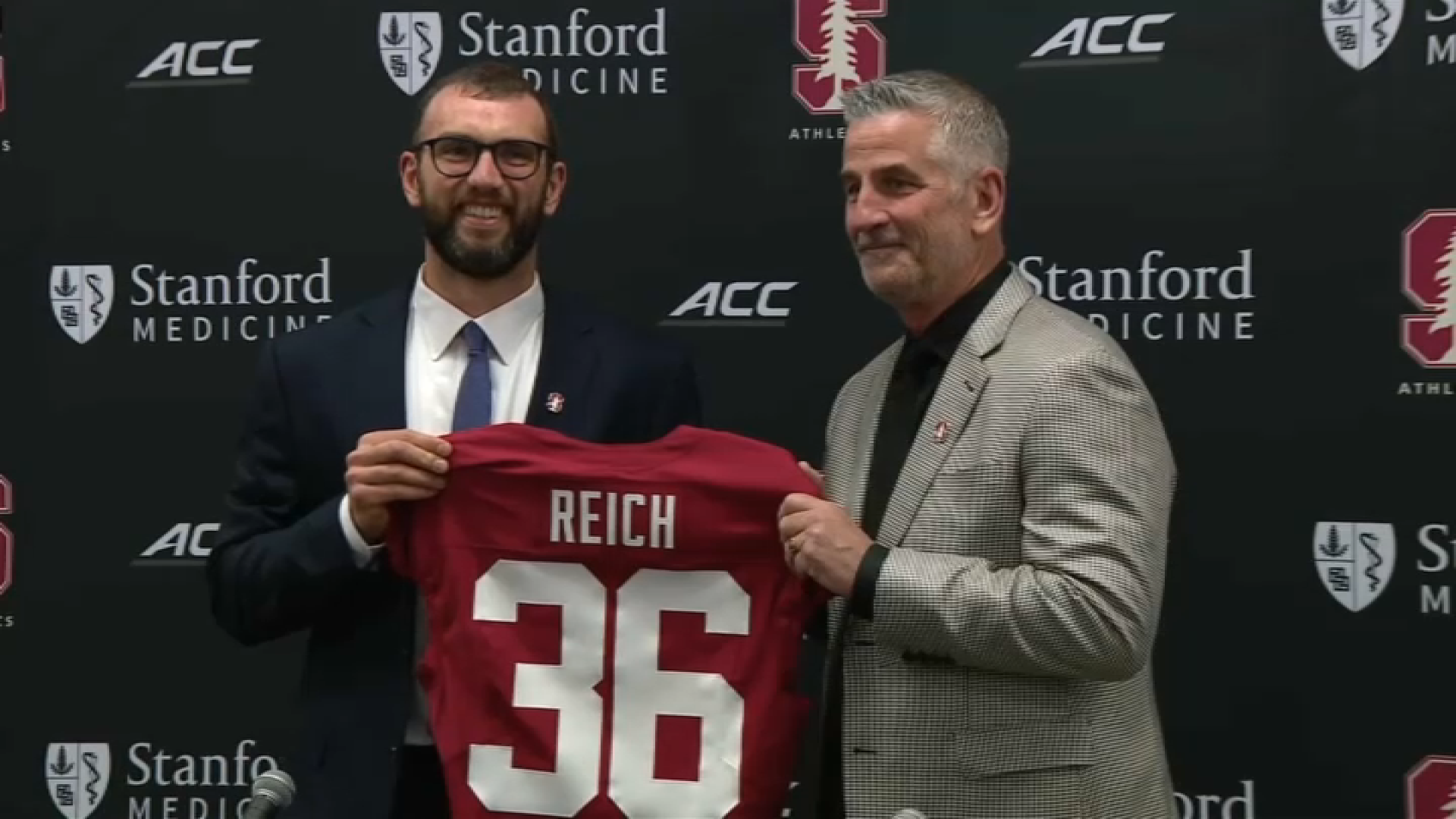The bulldozers came for the ghost town of Jewell in West Marin County, ripping out a dozen or so abandoned homes as part of an environmental effort to improve the survival chances for endangered coho salmon on the Lagunitas Watershed. Joe Rosato Jr. reports.
The bulldozers came for the ghost town of Jewell in West Marin County, ripping out a dozen or so abandoned homes as part of an environmental effort to improve the survival chances for endangered coho salmon on the Lagunitas Watershed.
The houses sat empty since the National Park Service bought the tiny community hugging the creek and slowly moved out the residents. Last year, the environmental group Turtle Island Restoration Network secured a grant to finally tear down the cluster of homes and began the work of turning the clock back decades for the creek.
“We’ve come in with the park service, taken down the houses,” said Todd Steiner, executive director of Turtle Island Restoration Network, “and what we’re doing is recreating a flood plain.”
To return the area to its pre-development state, crews dug a separate channel parallel to the creek. The idea is to give the tiny coho salmon and endangered steelhead trout a place to hang out when winter rains turn the gentle creek into a raging river, pummeling the tiny fish.
“Historically they moved into the flood plains, the quiet slower water on the edges,” said Steiner, “but because we built roads and retaining walls it’s just like a bowling alley.”
Steiner blames development along the creeks in Marin County for the demise of the coho, which once numbered in the thousands in the watershed, but have dropped to just a few hundred returning fish in the past couple decades.
Along with reshaping the creek’s topography, the workers are planting redwood trees along the creek banks, and placing curious looking tree trunks bolted to boulders in the water to create woody debris which will serve as habitat for the fish. The boulders weigh the trees down helping to direct water into the side channels.
Local
“We’re undoing the wrongs of the past which is important,” said Turtle Island’s Preston Brown, “trying to re-wild this creek and let it behave the way it normally wants to do.”
A year ago, the group similarly removed remnants of the ghost town of Tocaloma from behind its own offices a mile away from the current work site. Steiner said the work removed nearly a dozen more homes along with 20 million pounds of soil from the embankment, along with foundations and an outhouse that had emptied directly into the creek.
The handful of buildings made way for a larger creek bed, new plantings and wooded structures aimed at providing habitat for a species of freshwater shrimp that only exist two other places in the world.
“The problem is so much of the habitat has been lost to development,” Steiner said, “so we are trying to give back.”
The work on the site of Jewell has proved popular with scientists, researchers and other environmental groups who have turned-up to study and take notes of the efforts. The winding creeks that make up the Lagunitas Watershed have become one of the last places in California where the coho spawn.
“People can take what we’ve been learning here and apply it to other watersheds in California,” Brown said.
Steiner said the ultimate goal of the project is not to draw attention to itself but rather to erase any signs that humans had a hand in the creek’s history. Eventually the trees and brush will grow and reclaim the site as nature imposes its will.
“One thing humans do know how to do is destroy nature,” Steiner said above the din of heavy machinery. “Trying to recreate nature is an experiment.”



